The Growing Outdoor Recreation Economy: Conservation of Public Lands Helps Small Businesses Thrive
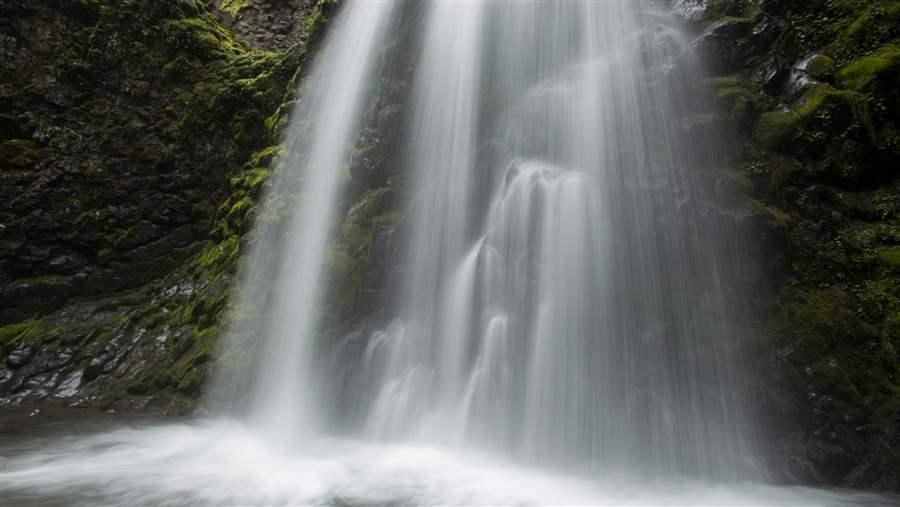
Outdoor recreation in Oregon’s Steamboat Creek Watershed and on other public lands and waters accounts for significant consumer spending and helps support the gateway communities around these national treasures.
Paul Colangelo/International League of Conservation Photographers
A key element of the growing outdoor recreation economy — which accounts for $887 billion in annual consumer spending and supports 7.6 million jobs, according to the Outdoor Industry Association — are small businesses, especially those that operate in the gateway communities around public lands. Sure, online shopping is convenient, but it’s to a local business that most visitors turn when they need a replacement tent or last-minute supplies before heading out to camp, fish, hunt, or find solace in the outdoors.
The Pew Charitable Trusts is highlighting the intersection of these businesses and public lands. Who better to do that than some of the motel and restaurant owners, outfitters, gallery proprietors, and mom-and-pop merchants whose survival depends on national parks, national forest, wilderness, Bureau of Land Management landscapes, and national monuments.
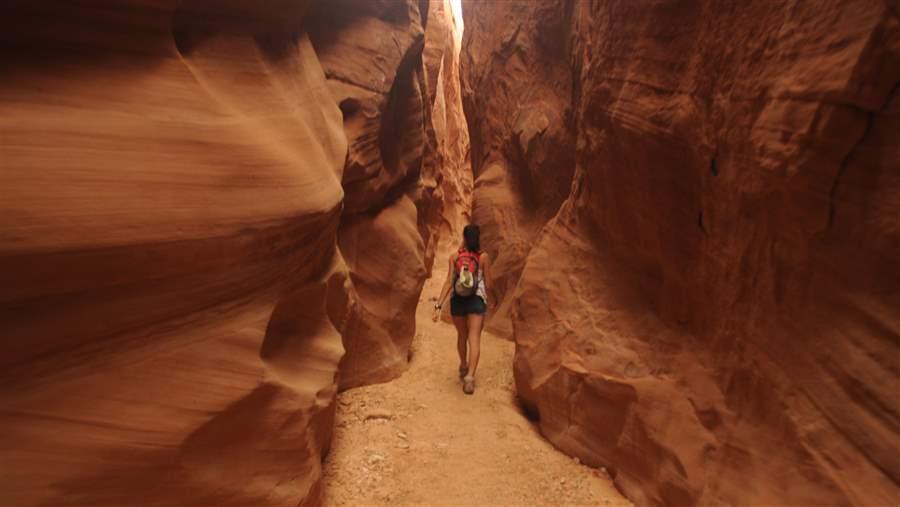
"Since the protection of the Grand Staircase-Escalante National Monument, our local tourism industry in Escalante has grown and is thriving. Thanks to our national monuments, people want to live here, and new home construction is at an all-time high." — Suzanne Catlett, board president of the Escalante & Boulder Chamber of Commerce, Utah. The Pew Charitable Trusts
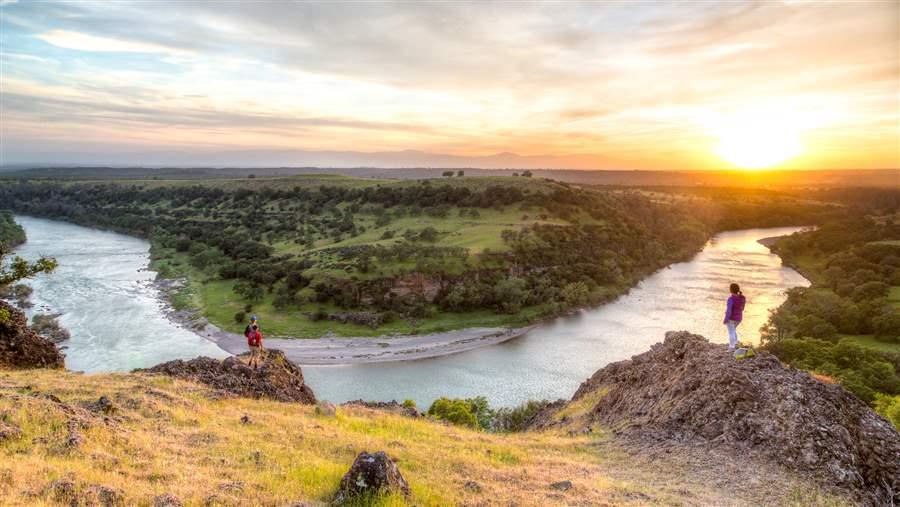
"People flock to Northern California for our pristine rivers, spectacular views, and endless recreational opportunities. Over a million visits a year for quiet recreation on Northern California’s BLM lands shows just how important these places are for camping, hunting, fishing, biking, and boating. In order to foster this key part of our local economy, we need to care for these places and see the connection that stewardship of these places has on our local businesses." — Aaron Ostrom, co-owner, Pacific Outfitters, Eureka
Bob Wick/Bureau of Land Management
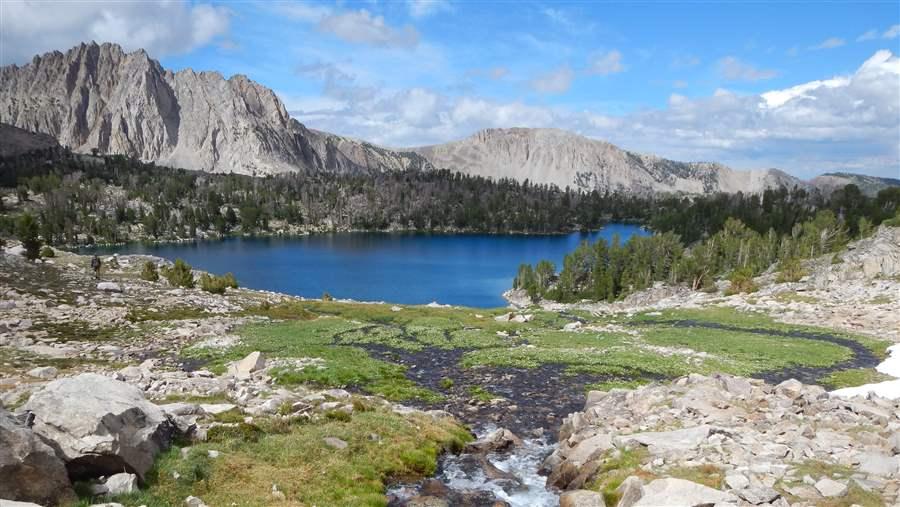
"We can attribute our success to Idahoans’ love of the outdoors and Idaho’s vast wilderness that has endured unchanged for thousands of years. The Boulder-White Cloud Mountains are Idaho at its best. They not only provide the clear, free-flowing water for many of our wild rivers, they also help drive the outdoor recreation industry, which provides Idaho with billions of dollars every year." — Jo Cassin and Stan Kolby, owners, Idaho River Sports, Boise
The Pew Charitable Trusts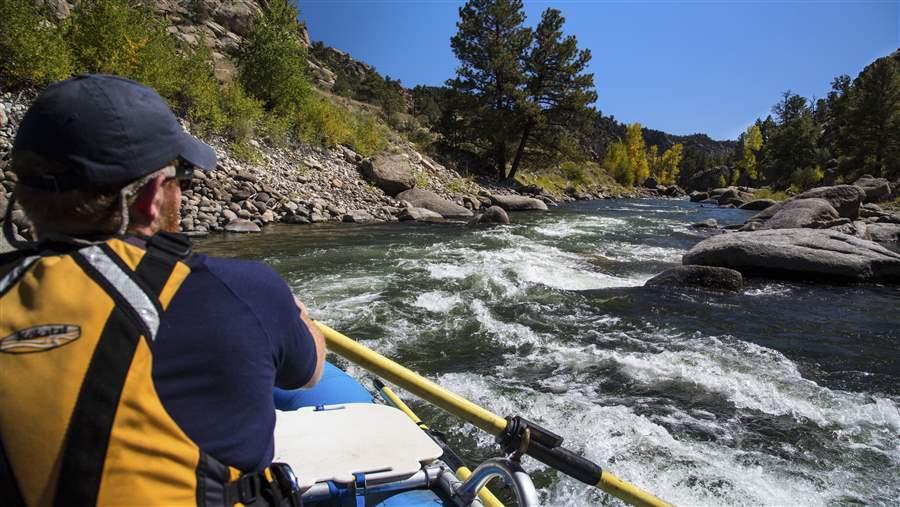
"The economic impact of recreation in our state is arguably one of the most important economic drivers. Colorado represents the best in diversity in recreation. And each opportunity to protect those areas, maintain them, and present a good outdoor product to residents and visitors will allow communities to continue to thrive. Rural communities are most at risk when the economic benefit of recreation in our state is ignored." — David Leinweber, owner, Angler’s Covey Inc., and board member, Pikes Peak Outdoor Recreation Alliance, Colorado Springs
Bob Wick/Bureau of Land Management
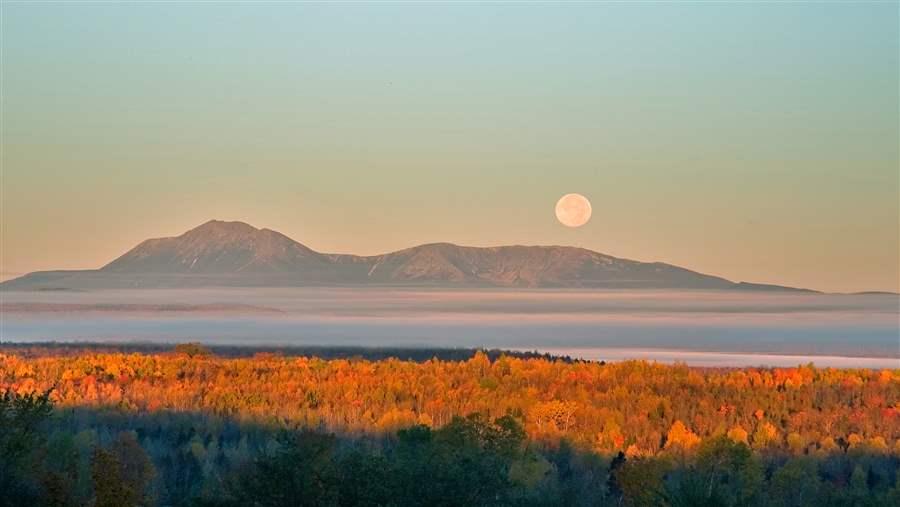
"We started seeing evidence of the monument’s influence in May 2016. People, most of whom were already visiting Acadia National Park, Maine came and stayed with us, citing talk of a new national monument in the Katahdin region as the catalyst for their visit. The monument breathed new life into our fall [business] and drove a 33 percent year-over-year increase in revenue at the River Drivers Restaurant as day and overnight visitation to the region grew." — Matthew Polstein, owner, New England Outdoor Center and Twin Pines camps, Millinocket, Maine
Cathy JohnsonSmall businesses and protected public lands fit hand in glove, drawing visitors who spend money at local retailers. That’s good for the ongoing sustainability of local communities. And protected public lands create a more enjoyable outdoor experience for hunters, anglers, hikers, birders, and other visitors, and if properly managed will continue to do so for generations to come.
John Gilroy directs The Pew Charitable Trusts’ U.S. public lands program.
More Articles
- Journalist's Resource: Religious Exemptions and Required Vaccines; Examining the Research
- Stateline: Search and Rescue Teams, Already Stretched Thin, See Surge in Calls
- Stateline: Many Faithful Say It’s Time to Gather. Some Governors Disagree
- Pew Trust's Stateline: Staffing Nursing Homes Was Hard Before the Pandemic. Now It’s Even Tougher.
- Balloon Bombs and Blackouts in World War II; For Some a Familiar Time of Anxiety; Growing Up in the Second World War From England's Imperial War Museum
- From Harvard Law: Top 20 Regulatory Rollbacks to Watch in 2020
- Weekly National Summary of Week 50: Outpatient Illness Surveillance, Geographic Spread, Mortality Surveillance
- The Uber and Lyft of Dog Walking Fight State Oversight
- 4.7 Million Uninsured People Nationally Could Get a No-Premium Bronze Plan in the ACA Marketplace, Though Deductibles Would be High
- Stateline: How One School Is Tackling the Youth Vaping Epidemic






